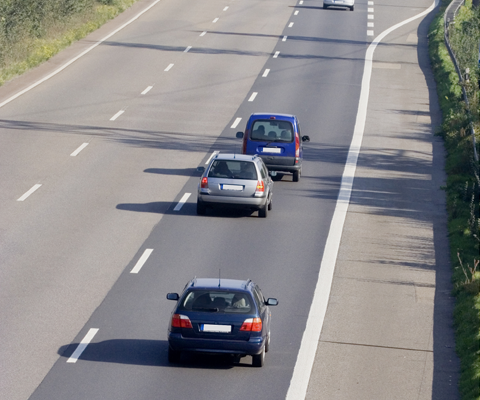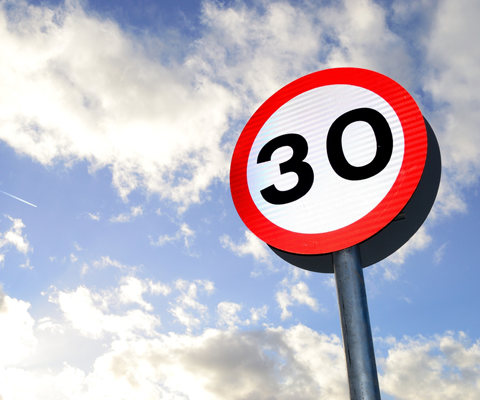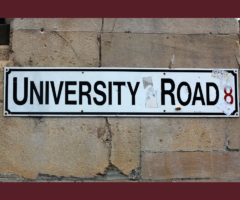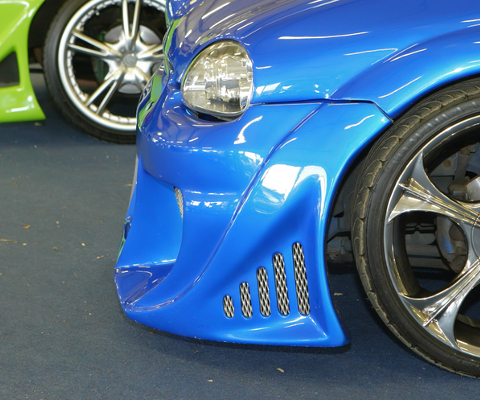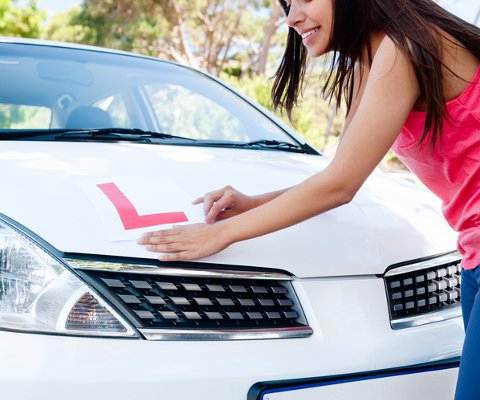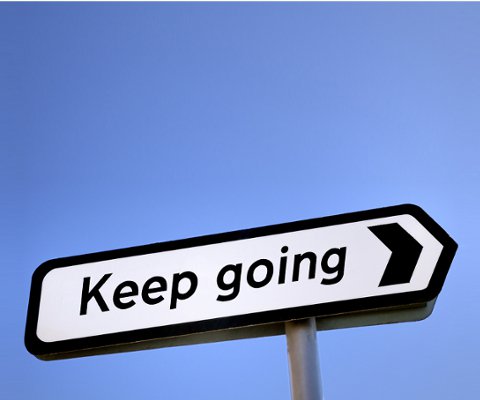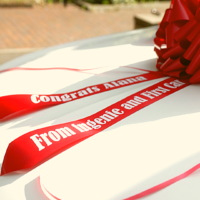
How the driving test is scored
Your driving lessons will cover all the parts of the learning to drive syllabus. Your test examiner will have a driving test report that's like a score sheet of that syllabus, and they'll mark you while you're driving.
They'll also do this fun thing at the end of your driving test where they'll sit in silence, adding up the marks while you sweat through your t-shirt.
Driving faults
Nearly everyone gets a few faults in their driving test. What matters is how serious a fault is and how many you get.
For each area of driving you cover in your test, there are 3 types of driving fault. Your examiner records driving faults with pencil strokes next to the bit of driving you're doing.
What's on your driving test report:
- Highway Code / safety
- Controlled stop (emergency stop - which may not come up)
- Bay park (either driving in and reversing out or reversing in and driving out)
- OR parallel park
- OR pulling over to the right side of the road, reversing for 2 car lengths and then rejoining traffic
- Vehicle checks (your show, me, tell me questions)
- Precautions (seatbelts, lights, general safety checks)
- Control (steering, clutch, gears and so on)
- Move off (observation and control of the car)
- Use of mirrors
- Signals (using your indicators)
- Clearance / obstructions (how well you negotiate obstacles)
- Response to signs / signals (speed limits, traffic lights, other drivers)
- Use of speed (speed limit, slowing down / speeding up)
- Following distance (your 2-second safety gap)
- Progress (appropriate speed, not hesitating)
- Junctions
- Judgement (overtaking, reading the road, decisions)
- Positioning (in regular driving and lane discipline)
- Pedestrian crossings
- Position / normal stops (how well you pull over)
- Awareness / planning
- Ancilliary controls (demister, lights, wipers)
Check out the full learning to drive syllabus to make sure you're getting enough practice in all the areas of driving.
The types of driving fault:
-
Minor fault
A minor fault (what's called a 'driving fault' on your test sheet) is for a bit of bad driving that doesn't cause immediate danger. A silly mistake is not a serious fault unless you don't deal with it safely.
Stalling, missing one of your examiner's directions or even screwing up a manoeuvre are not necessarily going to make you fail your test. They're only a problem if you forget your observation, cause someone else an issue or keep doing the same thing.
If you think you've done something bad, carry on! A mistake you think is going to fail you could actually be a minor fault, so keep doing your best to the very end of the driving test.
You're allowed up to 15 minor faults. If you get 16, that's a fail. If you get multiple minor faults for the same area of driving, they turn into a serious fault - and that's a fail.
-
Serious fault
You can get a serious (commonly known as a 'major') fault if you get multiple minor faults for the same area of driving OR you do one thing that's potentially dangerous. It's labelled 's' on your driving test report sheet.
Sadly, you only need one serious fault to fail. You could drive really well but skip a bit of vital observation and fail the test for that.
It seems so unfair to fail for one mistake but the mechanics of driving is the easy bit. The thing your examiner is looking for is your ability to keep yourself and the people around you safe.
I managed to fail with very few minors and one serious on every single one of my first 4 driving tests. It's ALWAYS about safety, no matter how technically good your general driving is.
-
Dangerous fault
A dangerous fault is a fail - it's marked 'd' on your driving test report. You'll get a dangerous fault if the examiner judges that you're an immediate danger to them or someone else and has to take action - like using their dual controls or grabbing the wheel.
If your examiner is seriously concerned about your driving, they can stop the test and take over. And you know what? It happens.
The driving test can be a lot of pressure and stress makes us do weird things. If you do get a dangerous fault in your driving test, it doesn't mean you'll never pass; it means you need more practice and some work on your confidence.
What to do about your driving test marks
If you don't pass your test, make sure you keep that horrible sheet of paper - however much you want to set it on fire. You'll probably be too pissed off to go through the driving test report with your instructor right away but it's literally a cheat sheet for passing next time.
Take your driving test report along to your next lesson so you and your instructor know what to go over before your next test.





